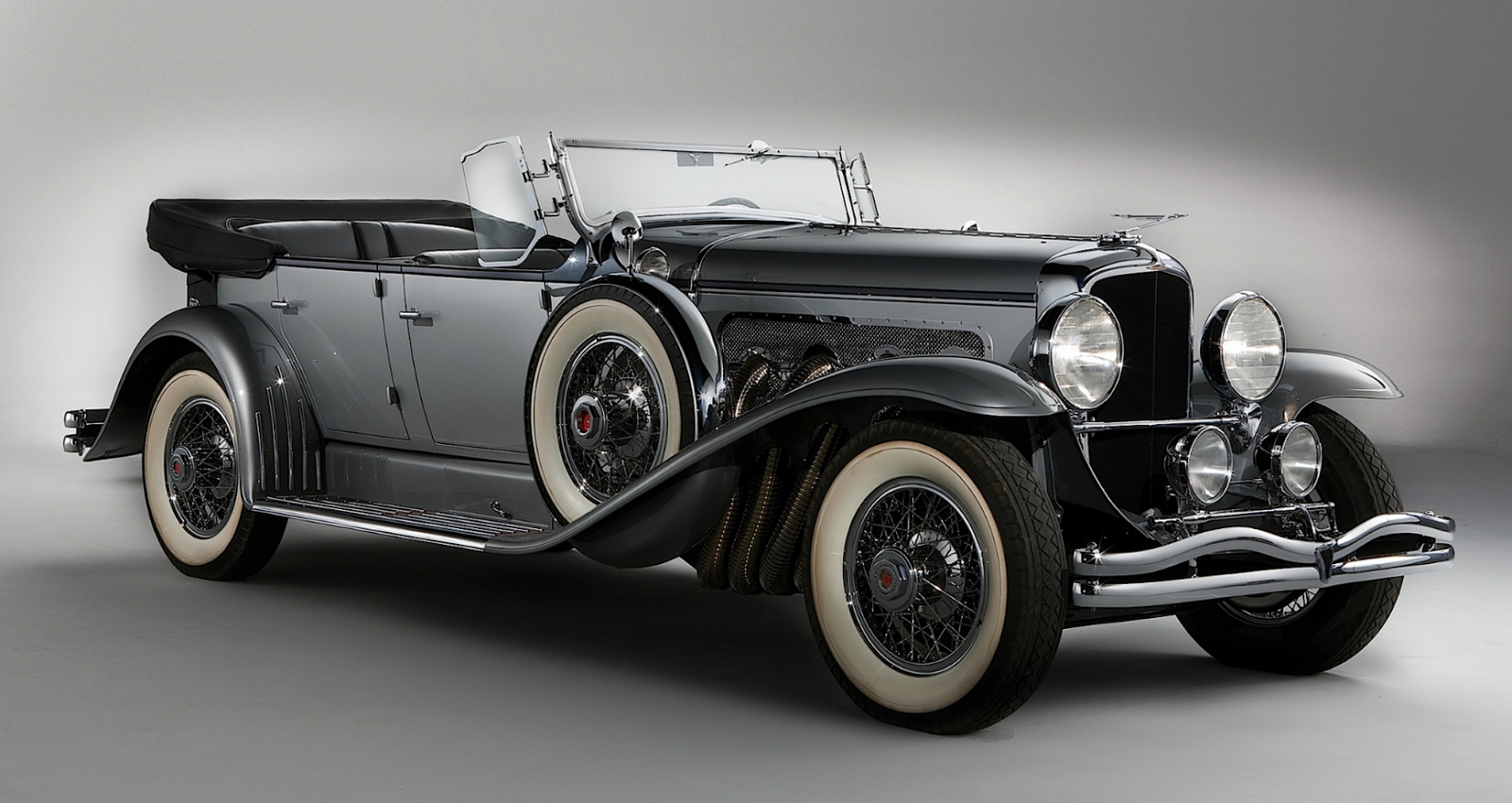Exploring The Evolution Of Autos In The 1920s
The 1920s was a transformative decade for the automotive industry, marked by innovation and mass production that revolutionized transportation. The keyword "autos 1920" encapsulates a period of remarkable advancements in vehicle design, manufacturing processes, and societal impacts. This article will delve into the significant developments in autos during the 1920s, examining the technological innovations, cultural shifts, and the emergence of iconic automotive brands.
As automobiles became increasingly accessible to the general public, the 1920s witnessed a surge in car ownership, which in turn reshaped American culture and urban landscapes. The introduction of assembly line production methods allowed manufacturers to produce vehicles at an unprecedented scale, making cars more affordable than ever before. This article will explore how the rise of autos in the 1920s changed the way people lived, worked, and interacted with their surroundings.
Join us as we navigate through the fascinating world of autos in the 1920s, highlighting key figures in the industry, groundbreaking models, and the impact of this decade on modern transportation. From the luxury of early automobiles to the practicalities that influenced their design, the 1920s laid the groundwork for the automotive industry we know today.
Table of Contents
- Biography of Key Figures in the Automotive Industry
- Technological Innovations in Autos
- The Popularity of Autos in the 1920s
- Cultural Impact of the 1920s Autos
- Iconic Automotive Brands of the 1920s
- Safety Advances in Automotive Design
- Regulations and the Automotive Industry
- Conclusion
Biography of Key Figures in the Automotive Industry
The 1920s was not only about cars; it was also about the visionaries who brought these machines to life. Several key figures emerged during this decade, each contributing to the evolution of the automotive industry.
| Name | Role | Contributions |
|---|---|---|
| Henry Ford | Founder of Ford Motor Company | Introduced assembly line production, making cars affordable. |
| Chester W. Nimitz | Automotive Engineer | Developed key safety features and innovations. |
| Walter Chrysler | Founder of Chrysler Corporation | Pioneered advancements in automotive design and engineering. |
Technological Innovations in Autos
The advancements in technology during the 1920s were pivotal for the automotive industry. Key innovations included:
- Assembly Line Production: This process, popularized by Henry Ford, drastically reduced production costs and time.
- Improved Engine Technology: The development of more powerful and efficient engines allowed for faster and more reliable vehicles.
- Electric Lighting: The introduction of electric headlights improved visibility and safety during night driving.
- Safety Features: Innovations such as shatterproof glass and improved braking systems were introduced.
The Popularity of Autos in the 1920s
As automobiles became more affordable, their popularity soared. By the end of the decade, millions of Americans owned cars, leading to significant changes in daily life:
- Increased Mobility: People could travel greater distances for work and leisure.
- Urban Development: Cities expanded, and suburbs emerged as people sought homes outside urban centers.
- Economic Growth: The automotive industry became a major economic driver, creating jobs and boosting related sectors.
Cultural Impact of the 1920s Autos
The automobile revolutionized American culture in numerous ways. It influenced social dynamics, lifestyle choices, and even entertainment:
- Social Changes: Cars provided new opportunities for socializing and dating, leading to the emergence of car culture.
- Travel and Leisure: The rise of road trips and family vacations became popularized.
- Media Representation: Autos became symbols of freedom and status, featured prominently in films and literature.
Iconic Automotive Brands of the 1920s
Several automotive brands emerged as household names in the 1920s, each with unique offerings and innovations:
- Ford: Known for the Model T, which revolutionized car ownership.
- Chevrolet: Gained popularity with affordable models and strong marketing.
- Cadillac: Became synonymous with luxury and quality.
Safety Advances in Automotive Design
With the rise in car ownership, safety became a significant concern. Manufacturers began to prioritize safety features:
- Seat belts and padded dashboards were introduced.
- Improved visibility through larger windows and better lighting.
- Testing and regulations started to emerge to ensure vehicle safety.
Regulations and the Automotive Industry
The government began to take notice of the growing automotive industry, leading to regulations aimed at improving safety and environmental standards. Key developments included:
- Establishment of road safety laws.
- Implementation of vehicle inspection protocols.
- Development of traffic regulations to manage the increasing number of vehicles on the road.
Conclusion
The 1920s was a pivotal decade for the automotive industry, characterized by technological advancements, cultural transformation, and the emergence of iconic brands. The keyword "autos 1920" reflects not only a period of innovation but also a significant shift in society's relationship with transportation. As we look back on this era, it is essential to recognize the lasting impacts that these developments had on our modern world.
We encourage you to share your thoughts in the comments below, and if you found this article informative, consider sharing it with others or exploring more content on our website!
Thank you for reading, and we hope to see you back again for more insightful articles!
Armstead Edwards: A Deep Dive Into The Life And Legacy Of An Influential Figure
Neely Plumb: A Comprehensive Look At Her Life And Achievements
Understanding The 6'5 Man: Height, Advantages, And Impact In Society

